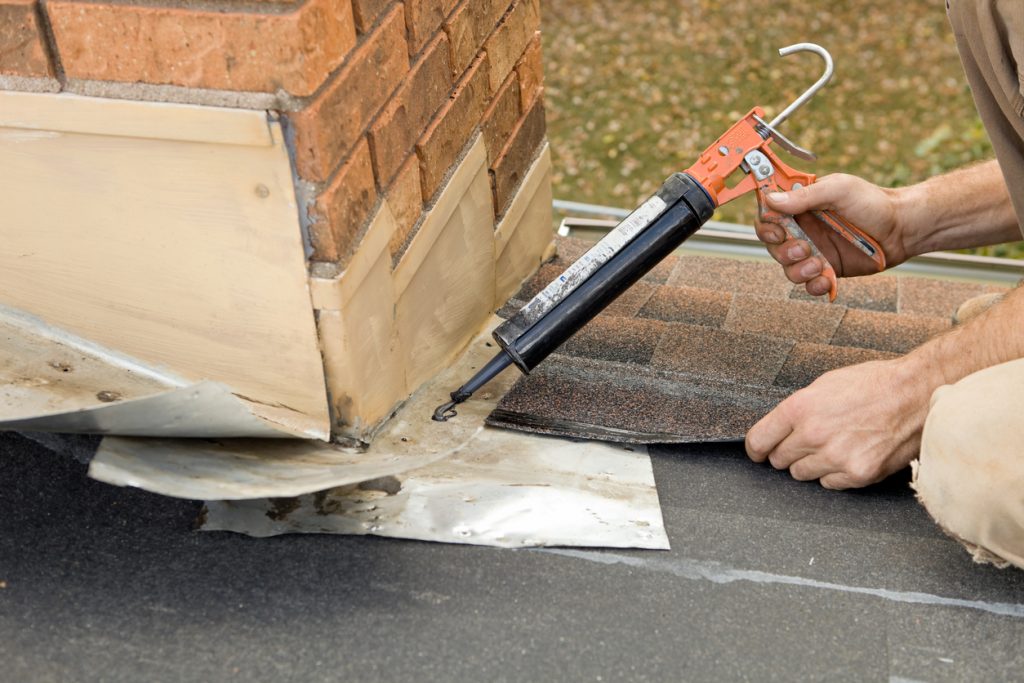Flashing as it relates to roofing is something of a mystery to some homeowners. While you may have heard of roof flashing, do you really understand its purpose and function? When you’re familiar with the different aspects of your roofing system, it’s easier to identify potential issues before they become expensive problems, so let’s go over the basics of roof flashing.

What Is Flashing?
No one wants gaps in their roof, but there are some areas where gaps are unavoidable. When two different materials on your roof meet each other, there are going to be gaps and cracks that have to be sealed. This is done by filling in the spaces with roofing cement or caulking, then covering them with thin strips of metal that are partially hidden under the surrounding shingles. Flashing provides protection from moisture and diverts water away from the most vulnerable parts of the roof. Flashing is found around:
-
Roof edges & valleys
-
Chimneys
-
Drip edges
-
Dormer windows
-
Roof vents
-
Skylights
Materials Used for Roof Flashing
Flashing is exposed to all types of weather, so it needs to be as rust- and weather-resistant as possible. For this reason, it’s typically made of coated aluminum or galvanized steel, though copper is also used sometimes for its algae-inhibiting properties. Less expensive materials like PVC plastic sheaths are also used at times, but metal is a better, more durable choice, especially in moist climates.
Common Issues With Flashing to Look For
-
Faulty installation. When flashing isn’t correctly installed, it’s not going to fit or seal properly. This can weaken the surrounding roofing, creating cracks through which moisture can enter.
-
Rust. While flashing does have protective coatings to prevent corrosion, eventually the coatings can wear off, allowing rust to form. Rust is particularly worrisome on steel flashing, where it can cause widespread damage. Luckily, it’s also fairly easy for homeowners to spot. If you do end up noticing rust on your flashing, contact a roofing professional right away before the problem gets worse.
-
Storm damage. Severe thunderstorms, especially those accompanied by damaging hail, can be harmful to flashing. If you notice small dents and dings in your flashing from hail and storm debris, have Muth & Company Roofing perform a complete roof inspection to determine the extent of any other damage.
-
Warping. Metal expands and contracts as temperatures fluctuate between highs and lows. Thinner flashing can warp over time due to these temperature changes, causing it to separate from its sealant.
If you need a knowledgeable roofing contractor, turn to Muth & Company Roofing for your every roofing need. Contact us at (614) 682-3060 to learn more about flashing and have all your roofing-related questions answered.


